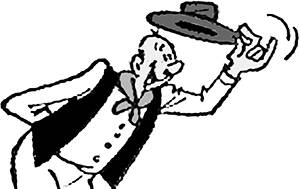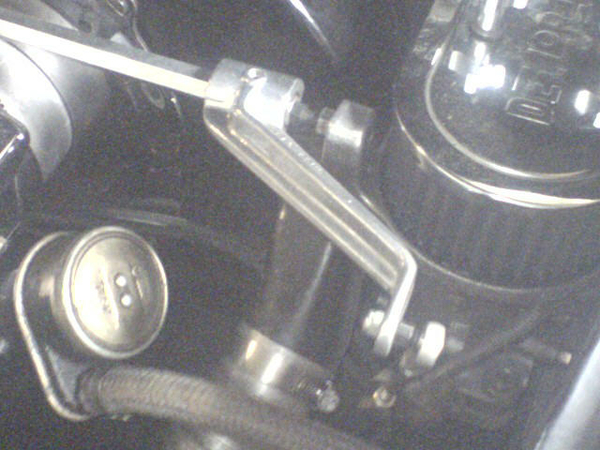@Gordon Nichols posted:
"Nope, what y'all are lookin' at is a 8 FOOT sub-floor space, an' that's almost totally filled up with old cables" (as he gives Mr. Pentagon a cold look). "When they reconfigure any-thang they just cut off the connector ends of the cables, leave 'em lyin' there and drag new cables through on top for the new stuff. Someday, their Devil's payment's gonna come due and they'll have to pay someone to remove all those cables and some guys're gonna sell all-a them cables for the copper value and they gonna make a killin".
So there it is........ Your Gum-mint, hard at work.
Similar to an episode early on in my career. I was an installation supervisor at a company that did 90% of its work for the RBOCs (regional Bell operating companies). New Jersey bell hired us to mine out abandoned power cable from overhead cable racks (think cable tray, but everything is laced instead of ty-wrapped) in a block-long multi-story, decades-old central office in Newark. I placed six guys on that job for 9 months on T&E (time & expenses). They mined out I don't recall how many tractor-trailer loads full of scrap insulated stranded copper cable, most of it 750 MCM (about an inch in diameter with the jacket removed) from 80+ years of abandoning old cable in place. In some spots, the abandoned cable was piled over 3' thick. It's a wonder the 5/8" anchors supporting the threaded rod which the cable racks hung from didn't pull out of the structure.





